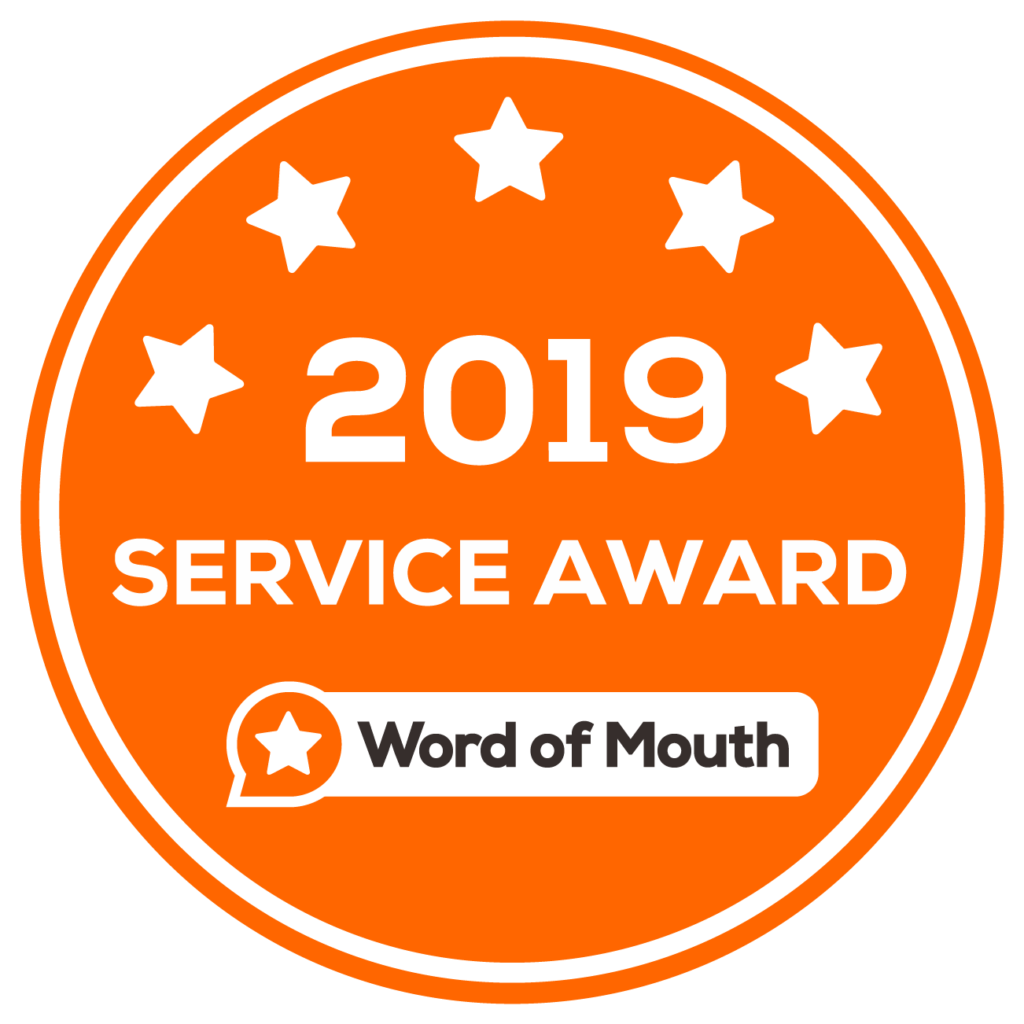A best indoor TV antennas in Australia lets you watch free broadcast TV in better quality than streaming services. TV antennas are popular again! With one purchase, you can get 20 to over 100 channels, depending on your location. These do not cost any money, do not need the internet, and, from experience, most of them provide crisper, clearer pictures than those provided by cable or even streaming.
Our top picks for the best indoor TV antennas in Australia
Best Overall Antenna: Mohu Arc
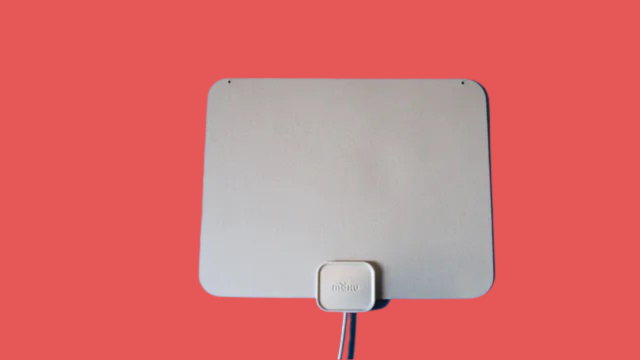
The Mohu Arc indoor antenna is available at a relatively cheap price while ensuring optimal performance. These include a battery life of 40 miles, a size of 12 x 8 inches, and a cable length of up to 10 feet. Although this antenna costs less than $30, the Mohu Arc offers an impressive range and is not much larger than a shoebox. While the unit is designed for wall mounting with a convenience clip-on bracket or for placement on a table, the curved front can be described as slightly massive. The unamplified design comes with a shorter connecting cable.
Best Budget TV Antenna: Channel Master Flatenna 35/Duo
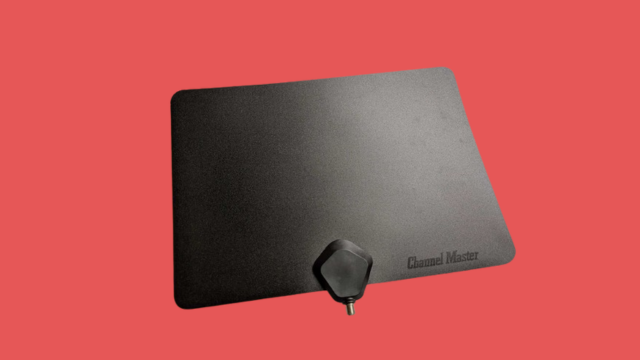
The Channel Master Flatenna 35/Duo is an upgraded version of the Flatenna 35, now featuring a removable cable.It may not have the highest gain and output as the other antennas, but it is a great option if you’re a on a tight budget and want to try out indoor antennas. Despite the latest hike that makes it cost relatively close to offerings from first-tier brands, it is still one of the most affordable options worth having.
Best Flexible Amplified Indoor TV Antenna – Winegard FlatWave Amped
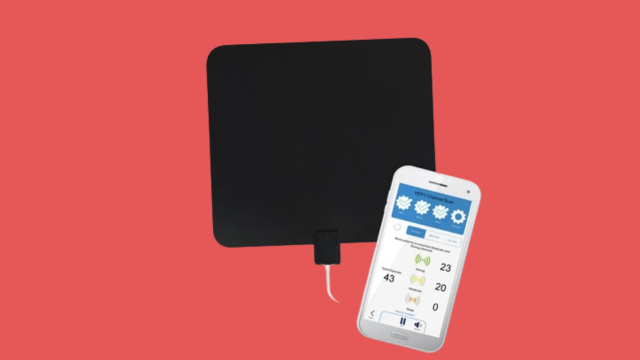
Winegard’s FlatWave Amped, Pro TH-3000 antenna offers good performance and features an effective app for initial setup, providing real-world reception potential before installation. Some of these features include a fully flat, zero-footprint design, ideal for on-window or on-wall installation, which is a bonus to those who reflect on decor. With the ability to pick up digital TV stations from up to 60 miles away, it is a great all-rounder in terms of performance, yet it is compact. However, cheaper options are available, but they are larger in size, and you cannot easily hide them.
Best Rigid Amplified Indoor TV Antenna- Televes Bexia
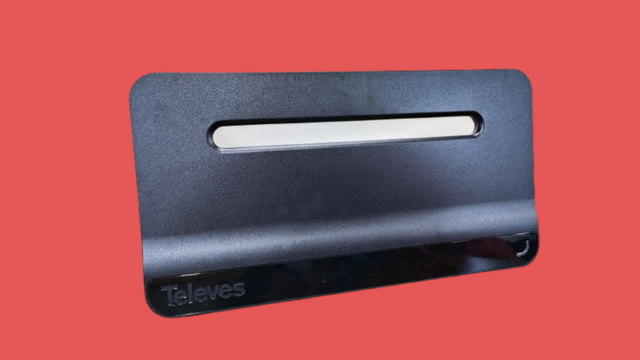
The Televes Bexia is a top choice for rigid amplified indoor TV antennas. Another feature is an internal amplifier, which helps to receive more stable signals. Also, there is an option to connect power from one of the USB ports of your television for enhanced usability. However, it may not work well in VHFs, and its larger size can be problematic regarding camouflage or discretization.
Best for Long Distance- Antop HD Smart Bar AT-500SBS

The Antop HD Smart Bar (AT-500SBS) is for people who can’t get an over-the-air broadcast signal because of distance or other problems with antennas. Although steeply-priced and large, it offers a promising range of 80 miles.
This hard-plastic antenna measures 2.5 feet wide and can be mounted on your wall like a soundbar or propped up vertically with the included base stand. However, it is less concealed than many other indoor antennas, which helps it overcome it with features like range, the 4G signal filter, and the FM tuner.
Also, the number of receptions shown here was quite satisfactory, given the type of tests that were run.
How you can Choose an Indoor TV Antenna
1. Distance Specification: The first criterion to consider is the distance that defines the antenna. Wireless antennas for indoor use have a limit of 130 kilometers, approximately 80 miles for some models. If you live in a rural setting where your home may be several miles away from the broadcast TV stations, you will need a more robust antenna, specifically one with a capture path of 60 miles and above. A simple antenna can receive signals that may go up to 20-40 miles for the urban or suburban area.
2. Online Resources: There are many online tools like AntennaWeb, powered by the National Association of Broadcasters (NAB) and the Consumer Technology Association (CTA), where you can easily find a suitable antenna for your place. For instance, AntennaWeb offers a search bar that lets you type in your zip code to receive a list of nearby broadcast TV stations, distance options and color-coded suggestions for appropriate antennas.
3. Design: When selecting, consider the antenna’s design. Some models feature a compact design that can be discreetly placed behind a TV, while others are designed for mounting directly on a window, easily concealed by curtains. Remember that larger antennas designed for longer ranges may not be aesthetically pleasing, so aesthetics should also be considered.
By carefully considering these factors, you can choose an indoor TV antenna that meets your needs and ensures reliable reception of broadcast TV channels.
How to Position an Indoor Antenna

Positioning your indoor antenna correctly is essential for maximizing reception and ensuring you can tune in to the maximum number of digital channels and sub-channels. Here’s how to do it effectively:
1. Consider Station Locations: Use resources like AntennaWeb and Pearl TV interactive maps to determine the locations of the stations you want to tune in to. Orient the antenna in the direction of these stations for optimal reception.
2. Mounting: Ideally, the antenna should be mounted in a window to minimize obstructions. However, if this isn’t possible due to the location of your TV or design considerations, find a position as close to a window as possible.
3. Cable Length: Antennas have a coaxial cable to connect to your TV’s RF input, typically around 2 meters long. Consider replacing it with a longer cable for better positioning flexibility.
4. Auto-Channel Scan: Run the auto-channel scan option in your TV’s setup menu to tune in to local broadcast TV channels. This will display the channels received, station names and channel numbers.
5. Repositioning: If you’re not getting all your local channels or the signal is weak, try moving the antenna and running the auto-channel scan again. It might take a few tries to find the best spot.
6. Signal Strength: Find the spot that pulls in the most channels with the strongest signal.
Conclusion
You need to position your indoor antenna correctly to get the best reception. Consider the location of broadcast stations, mounting options, cable length, and running auto-channel scans to find the best spot for your antenna. While indoor antennas are convenient and affordable, an outdoor antenna might be necessary if you still have trouble with reception. With some patience and experimentation, you can enjoy clear access to local TV channels with your indoor antenna.



